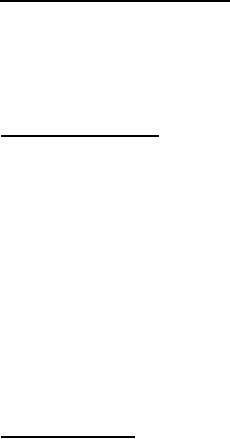 |
|||
|
Page Title:
Maintenance Control Panel Subunit |
|
||
| ||||||||||
|
|  MIL-D-81347C(AS)
Maintenance Control Panel Subunit
3.5.1.4.9
NOTE
Since the Maintenance Control Panels for the four
Logic Units are nearly identical, the following para-
graphs will serve as a description of the MCP's for
all four units.
Functional Description -The output register inan I/O subunit of
3.5.1.4.9.1
the computer is time shared by up to four output peripherals. The 30 datelines emanating from the
register are common to the four output peripherals; i.e., a computer 1/0 subunit transmits the data
to the four output peripherals over a single 30 twisted pair cable, and the control lines for the four
output peripherals determine which peripheral is to sample the data; the control lines for the four
channels are independent. Subunits which communicate with the same I/O subunit have been assigned
to the same logic unit. This permits a logic unit to buffer all incoming computer data with a single
group of 30 input amplifiers.
In the four logic units there are three subunits, each of which
requires a computer output channel. (Logic Unit 1 has only two subunits. ) As indicated, a computer
I/O subunit is capable of servicing up to four output peripherals. Since none of the logic units requires
more than three output channels, each logic unit shall make the 30 data lines from the computer 1/0
subunit available for "bussing" to one additional output peripheral. The data lines from the computer
shall remain available for "bussing" regardless of the number of subunits removed from the logic unit.
In addition to the subunits, which satisfy an operational system requirement, the Maintenance Control
Panel Logic shall provide for the buffering of the data lines to the internal subunits and the "bussing"
of the data lines to the external peripherals. The Maintenance Control Panel shall also provide mainte-
nance features for the subunits.
General Description - The Maintenance Control Panel subunit
3.5.1.4.9.2
shall provide the following capabilities:
(1) Buffer the 30 data lines from the computer to the subunits
of each logic unit.
(2) Provide the 30 data lines from the computer for "bussing"
to other peripherals. The data lines from the computer shall remain available for "bussing" regard-
less of the number of subunits removed from the logic unit.
(3) Selectively monitor the data and control lines associated with
any computer input peripheral contained in the logic unit. The monitoring shall be in the form of
indicator lamps. -
(4) Without affecting the operation of the other peripherals,
operate any one computer input peripheral contained in the logic unit off-line from the computer; i.e. ,
disable the input control lines which originate at the computer and allow the operator to simulate the
control signals. The operator shall be able to select either single step or continuous mode of simu-
lated operation. The single step mode shall allow the operator to transmit a single control signal of
minimum duration each time a particular switch is depressed. If the continuous mode is selected, a
control signal of minimum duration shall be transmitted each time the input peripheral raises the
associated control line.
(5) Monitor the data and control lines associated with any com-
puter output peripheral contained in the logic unit. The monitoring of the Output Data Request and
External Function Request signals shall be in the form of indicator lamps and scope probe test points.
The monitoring of the Output Acknowledge, External Function, and data lines from the computer shall
be in the form of indicator lamps and scope probe test points.
(6) Without affecting the operation of the other peripherals,
operate any one computer output peripheral contained in the logic unit off-line from the computer, i.e.,
disable the data and output control lines which originate at the computer (Output Acknowledge or
93
|
|
Privacy Statement - Press Release - Copyright Information. - Contact Us |